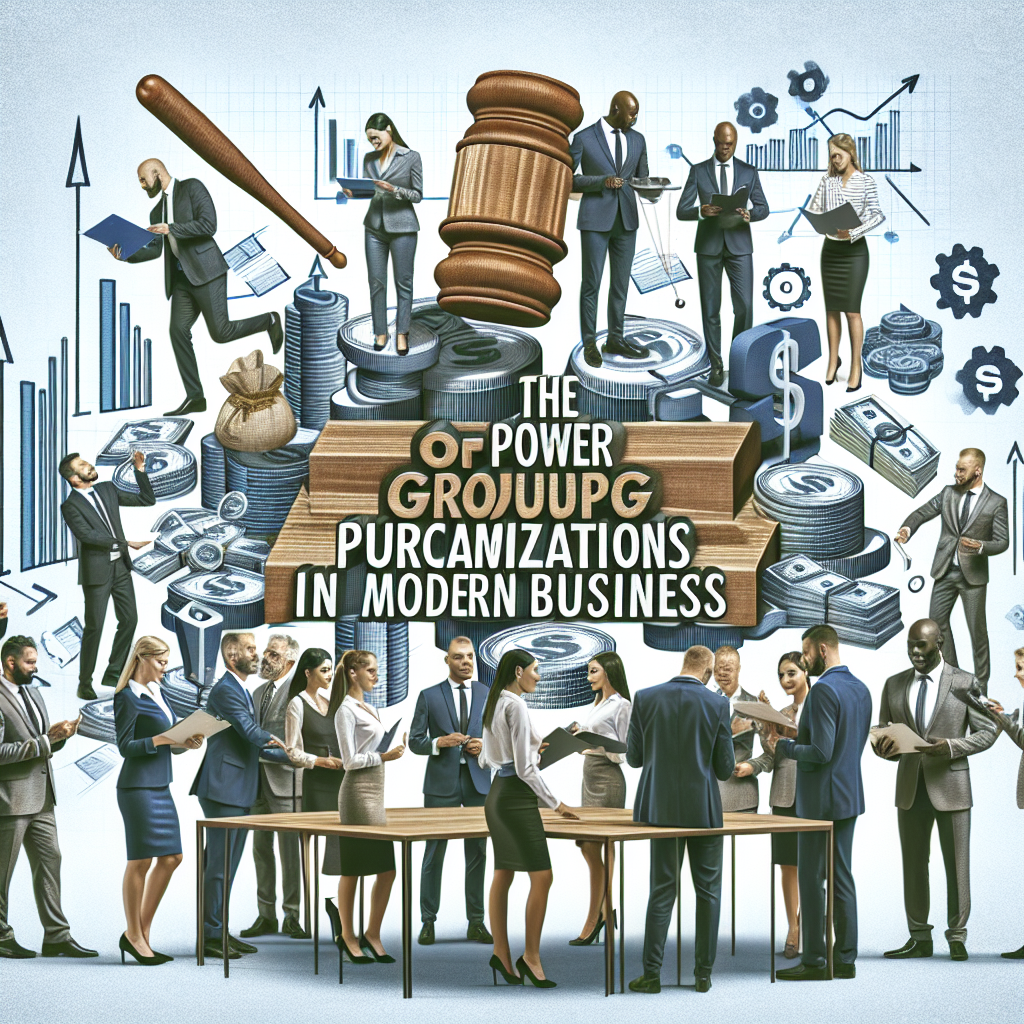Understanding supplier capacity is crucial for any business that relies on external suppliers for their products or services. It is important to have a clear understanding of the capabilities and limitations of your suppliers in order to effectively plan and manage your supply chain. This involves assessing the production capacity, lead times, and quality control processes of your suppliers. By understanding their capacity, you can better align your production schedules and inventory levels to meet demand without overburdening your suppliers. Additionally, understanding supplier capacity allows you to identify potential bottlenecks or constraints in the supply chain and proactively address them before they impact your operations.
Furthermore, understanding supplier capacity also involves building strong relationships with your suppliers and maintaining open lines of communication. By working closely with your suppliers, you can gain insights into their production processes, constraints, and potential areas for improvement. This can help you identify opportunities to optimize your supply chain and improve overall efficiency. Ultimately, understanding supplier capacity is essential for effective supply chain management and can help businesses avoid costly disruptions and delays.
Developing Strong Supplier Relationships
Developing strong supplier relationships is essential for building a reliable and efficient supply chain. Strong relationships with suppliers can lead to better communication, collaboration, and trust, which are all critical for ensuring a smooth and reliable flow of goods and services. By developing strong relationships with suppliers, businesses can gain access to valuable insights and information that can help them better understand supplier capacity, production processes, and potential areas for improvement. This can ultimately lead to more effective supply chain management and improved overall performance.
In addition, strong supplier relationships can also lead to greater flexibility and responsiveness in the supply chain. When businesses have strong relationships with their suppliers, they are more likely to receive priority treatment and better support during times of high demand or unexpected disruptions. This can help businesses better manage fluctuations in demand and mitigate the impact of unforeseen events on their operations. Ultimately, developing strong supplier relationships is crucial for building a resilient and efficient supply chain that can adapt to changing market conditions and customer demands.
Forecasting and Planning for Growing Demand
Forecasting and planning for growing demand is essential for businesses that rely on external suppliers for their products or services. By accurately forecasting future demand, businesses can better align their production schedules and inventory levels with customer needs, which can help prevent stockouts or excess inventory. This involves analyzing historical sales data, market trends, and customer behavior to identify patterns and anticipate future demand. By accurately forecasting demand, businesses can provide their suppliers with more accurate production forecasts, which can help suppliers better plan their own production schedules and capacity.
Furthermore, planning for growing demand also involves identifying potential constraints or bottlenecks in the supply chain that could limit the ability to meet increased demand. By proactively addressing these constraints, businesses can better prepare for growing demand and ensure that their supply chain can effectively scale to meet customer needs. This may involve investing in additional production capacity, expanding supplier networks, or implementing new technologies to improve efficiency. Ultimately, forecasting and planning for growing demand is essential for ensuring that businesses can effectively meet customer needs while maintaining a reliable and efficient supply chain.
Leveraging Technology to Streamline Communication and Collaboration
Leveraging technology to streamline communication and collaboration with suppliers is essential for improving efficiency and reducing the risk of errors in the supply chain. By implementing digital communication tools, such as electronic data interchange (EDI) or cloud-based collaboration platforms, businesses can improve the speed and accuracy of communication with their suppliers. This can help reduce lead times, minimize errors, and improve overall coordination between businesses and their suppliers. Additionally, leveraging technology can also help businesses gain real-time visibility into their supply chain, which can help them better track inventory levels, monitor production schedules, and identify potential issues before they impact operations.
Furthermore, technology can also be used to automate routine tasks, such as order processing or inventory management, which can help reduce administrative burden and free up resources for more strategic activities. By automating these tasks, businesses can improve efficiency and accuracy in their supply chain operations while reducing the risk of human error. Ultimately, leveraging technology to streamline communication and collaboration with suppliers is essential for improving overall efficiency and reliability in the supply chain.
Investing in Supplier Development and Training
Investing in supplier development and training is essential for building a strong and reliable supplier network. By providing training and support to suppliers, businesses can help them improve their production processes, quality control measures, and overall capabilities. This can ultimately lead to better performance and reliability from suppliers, which can help businesses better meet customer needs and maintain a competitive edge in the market. Additionally, investing in supplier development can also help businesses build stronger relationships with their suppliers by demonstrating a commitment to their success.
Furthermore, investing in supplier development can also lead to long-term cost savings by helping suppliers improve efficiency and reduce waste in their production processes. By working closely with suppliers to identify areas for improvement and providing them with the necessary support and resources, businesses can help suppliers optimize their operations and reduce costs. This can ultimately lead to lower prices for goods or services, which can benefit both businesses and their customers. Ultimately, investing in supplier development and training is essential for building a strong and reliable supplier network that can support business growth and success.
Diversifying and Expanding Supplier Network
Diversifying and expanding the supplier network is essential for building a resilient supply chain that can adapt to changing market conditions and mitigate the impact of unforeseen events. By working with multiple suppliers for key products or services, businesses can reduce the risk of disruptions caused by issues with a single supplier. This can help businesses better manage fluctuations in demand, mitigate the impact of supply chain disruptions, and maintain a reliable flow of goods or services to customers. Additionally, diversifying the supplier network can also lead to greater flexibility in terms of pricing, quality, and lead times, which can benefit both businesses and their customers.
Furthermore, expanding the supplier network can also lead to greater innovation and access to new technologies or capabilities. By working with a diverse range of suppliers, businesses can gain access to different perspectives, expertise, and resources that can help them improve their products or services. This can ultimately lead to greater competitiveness in the market and better meet customer needs. Ultimately, diversifying and expanding the supplier network is essential for building a resilient supply chain that can adapt to changing market conditions and support business growth.
Monitoring and Evaluating Supplier Performance
Monitoring and evaluating supplier performance is essential for ensuring that suppliers meet quality standards, delivery schedules, and overall expectations. By regularly monitoring supplier performance metrics, such as on-time delivery rates, defect rates, or customer satisfaction scores, businesses can identify potential issues or areas for improvement with their suppliers. This can help them proactively address issues before they impact operations or customer satisfaction. Additionally, monitoring supplier performance can also help businesses identify top-performing suppliers that may warrant additional investment or support.
Furthermore, evaluating supplier performance can also help businesses identify potential risks or opportunities in the supply chain that may impact overall performance. By analyzing supplier performance data, businesses can gain insights into potential bottlenecks or constraints in the supply chain that may need to be addressed. This can help them better plan for future growth or changes in demand while maintaining a reliable supply chain. Ultimately, monitoring and evaluating supplier performance is essential for ensuring that businesses maintain a strong and reliable supplier network that can support their operations effectively.





